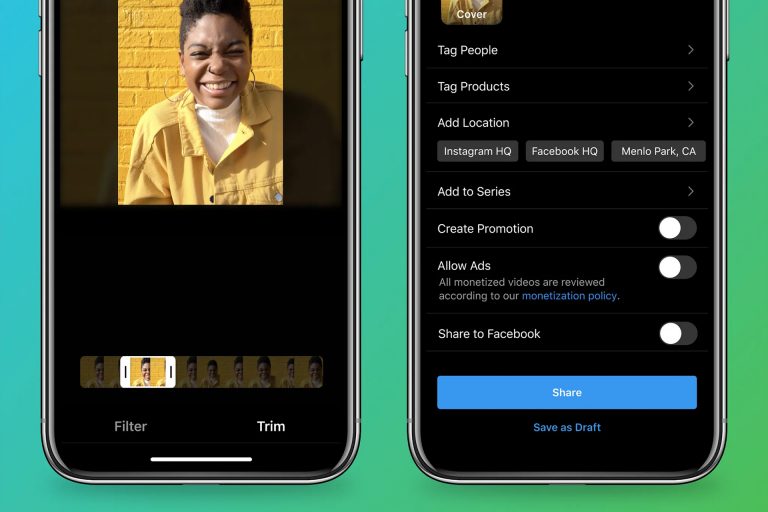FIFA’s streaming service could be the first step to cutting out broadcasters
This morning FIFA, the global governing body for world soccer, the launch of its own streaming service. offers subscribers live streams of men and women’s matches, as well as a raft of original series and documentaries. The platform will also play host to a vast archive of older games from previous World Cups, as well as news, statistics and its own fantasy league.
But what’s likely to be the major draw for users is the live games, with FIFA saying that it’ll show the “equivalent of 40,000 live games per year.” At launch, we’ll see around 1,400 matches a month, with that figure “rising rapidly” until we get closer to 4,000 a month. Original series, including documentaries about Ronaldinho, Dani Alves and Lucy Bronze will help bulk out the reasons for users to hang out on the platform.
FIFA+ is, at launch, ad-supported and free, and so users shouldn’t expect to see live streams from any of the major football leagues. After all, European football is big business, and FIFA doesn’t have the ability (or cash) to start streaming games from England, Spain, Germany, France and Italy. Instead, it will focus on less well-represented competitions where the streaming rights aren’t tied up. suggests that domestic games from Mexico, Denmark, Poland and Angola will all feature.
It’s worth saying, too, that while FIFA is hoping to generate attention ahead of the 2022 World Cup, you won’t be able to stream those games. That, much like the big domestic leagues, is far too valuable to just give away for free, and it’s likely that those rights will be closely-guarded. But while FIFA+ for now may seem like an inexpensive afterthought, it marks something of a shift in the way live football can, or will, be accessed by the majority of its fans. This, to me, feels like FIFA testing the water for the long-mooted, albeit often-dismissed, “Netflix for Soccer.”
I can only really speak about the situation here in the UK, but I think the situation is similar across Europe. Here, major pay-TV providers offer up eye-watering amounts to secure the rights to broadcast live football matches. In the UK, for instance, the most recent deal was valued by at around £5.1 billion ($6.6 billion) for the right to show football. Of that figure, Comcast-owned Sky paid £4.5 billion ($5.8 billion), with BT Sport, Amazon and the BBC paying the rest. But despite the figures on offer, many clubs feel that they’re not getting a big enough slice of the pie.
This is, broadly speaking, because the cost of running a major football club has skyrocketed, and COVID-19 hasn’t helped. Inflation in transfer fees (how much it costs to buy a player) and salaries after 18 months of almost-nonexistent revenue has made even historically-wealthy clubs hit the financial skids. Barcelona, as close as a blue-chip brand in the soccer world as you can get, is currently trying to dig itself out of a (among other things). The ones that are surviving, and thriving, right now, are often owned by petro-states, who are bankrolling the clubs to launder their public image in the West on a money-no-object basis.
The present situation, with pay-TV providers keeping matches behind paywalls isn’t helped with some arcane blackout rules. The situation in the UK is as frustrating as it is for US baseball fans, where there’s no legal way for you to watch every game your team plays in a season. It means that there’s a number of people on every side of the debate who feel resentful about the current situation.
It’s why, back in 2020, the Premier League conceded that it was likely that, at some point in the future, it would launch its own direct-to-consumer streaming service. The thinking was, at that point, it could sell games straight to fans and offer them more comprehensive coverage. And, of course, any profit that Sky and other pay-TV providers made on subscription revenue would now go straight to the clubs. At the time, it seemed as much a negotiation tactic as a genuine strategy, but it deserved some serious analysis.
In February 2020, suggested that “PremFlix,” as it was dubbed, would likely be a huge money-maker from the day it launched. There are currently 200 million or so people who pay for access to Premier League matches, writer Matt Slater mused. If the majority of those could be convinced to sign up, even at a discounted rate, the annual revenue could be worth £24 billion ($31 billion) – far more than the £5.1 billion paid for a three-year rights package.
It’s likely something that the major European leagues have been considering, behind closed doors, for the last few years. And it’s also likely that a combination of the high risk and massive early investment will put off owners looking for stability in the current uncertainty. But if FIFA+ can demonstrate that there’s an audience for live soccer streams, and that it can turn a profit on its archive content, it’s likely to push the conversation toward streaming far faster than it might have done so organically.
Of course, this is all for now just speculation, but it’s common in football for everyone to jump on a good (or bad) idea when it seems like it might make some money.
All products recommended by Engadget are selected by our editorial team, independent of our parent company. Some of our stories include affiliate links. If you buy something through one of these links, we may earn an affiliate commission.






